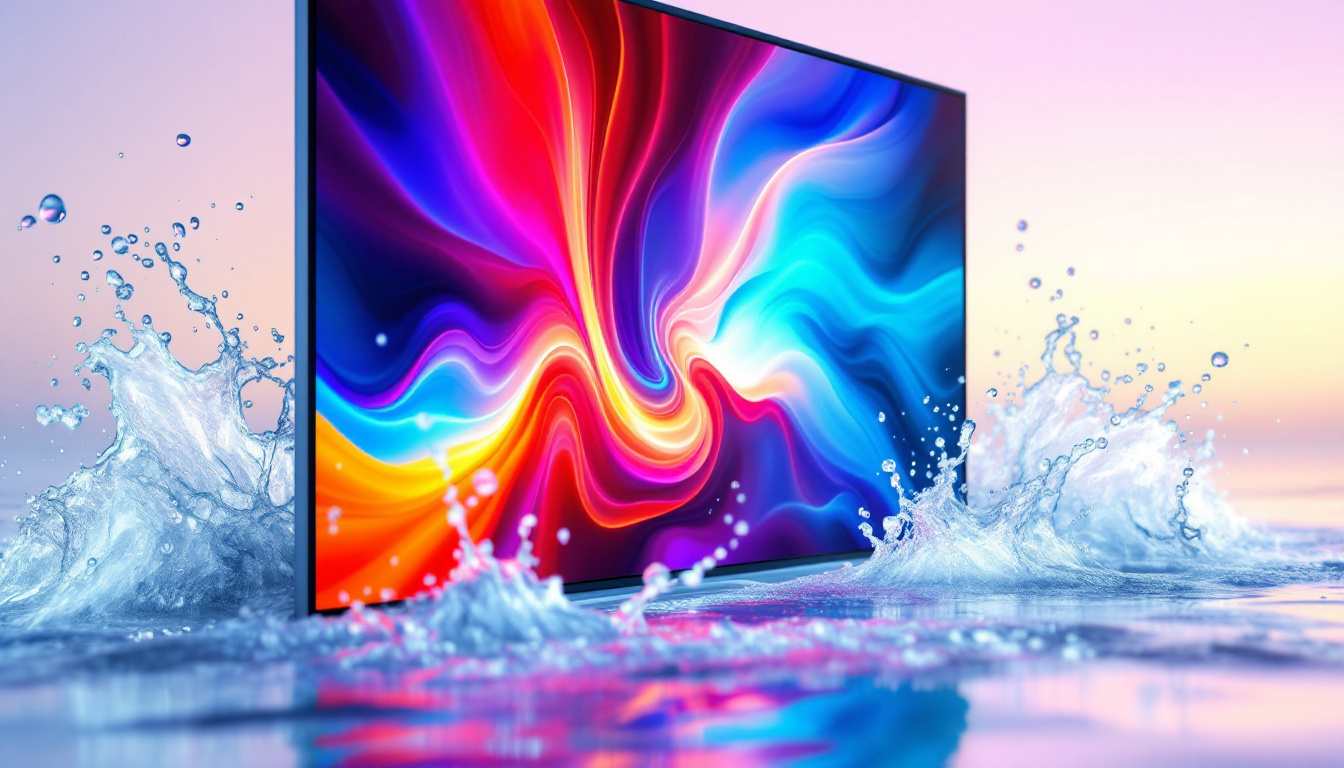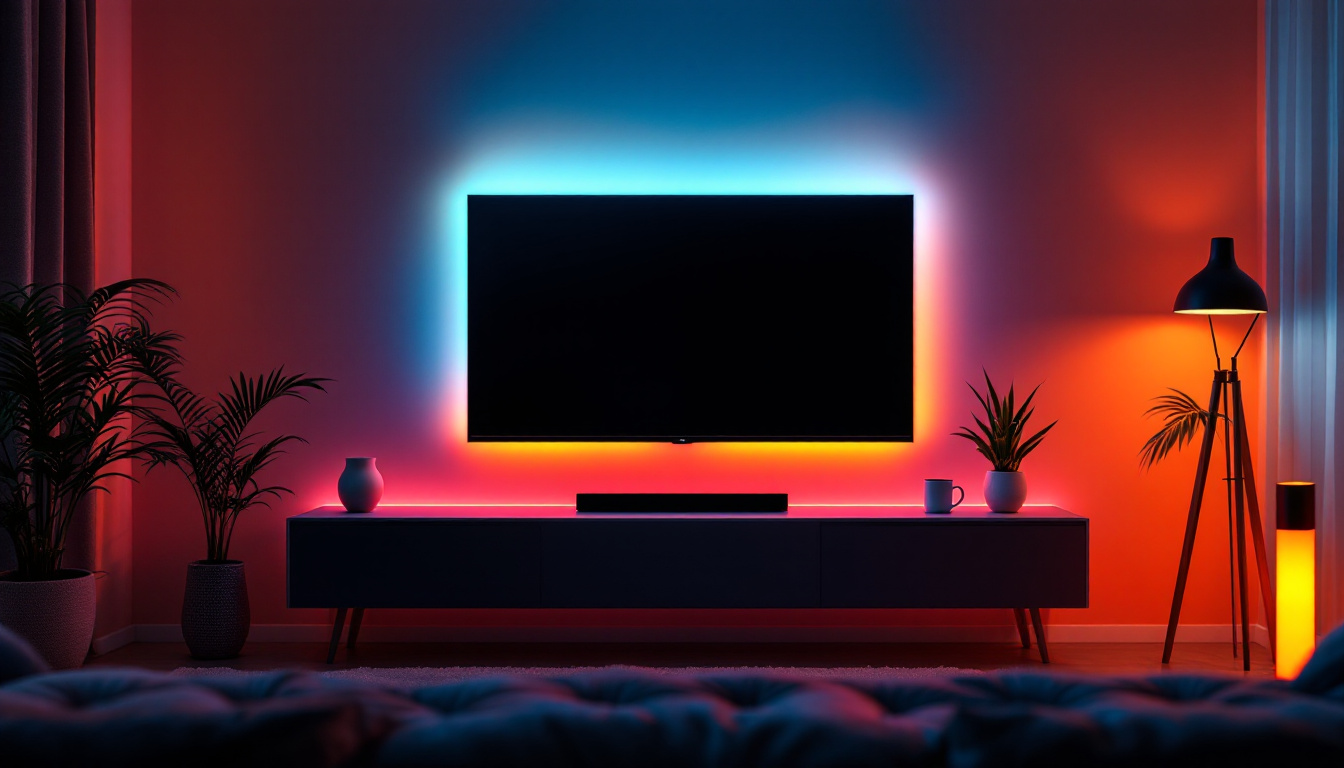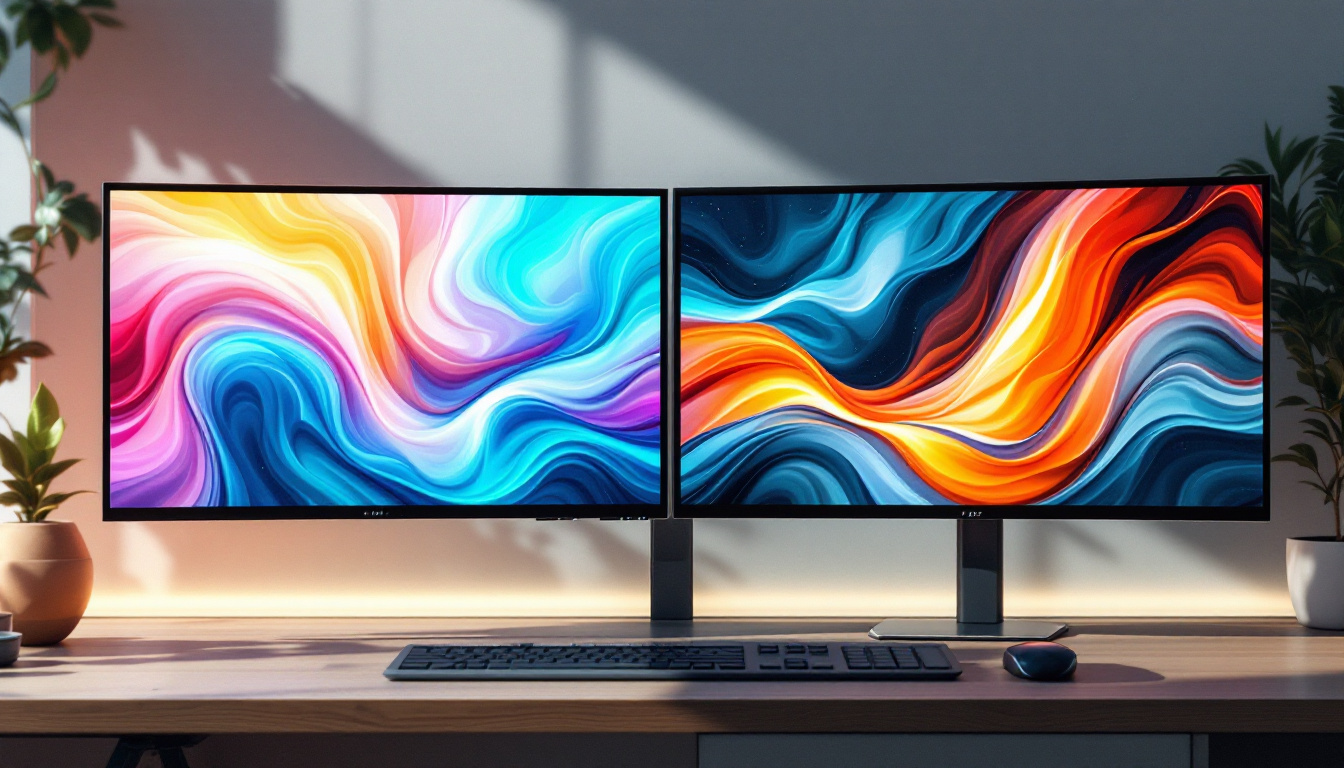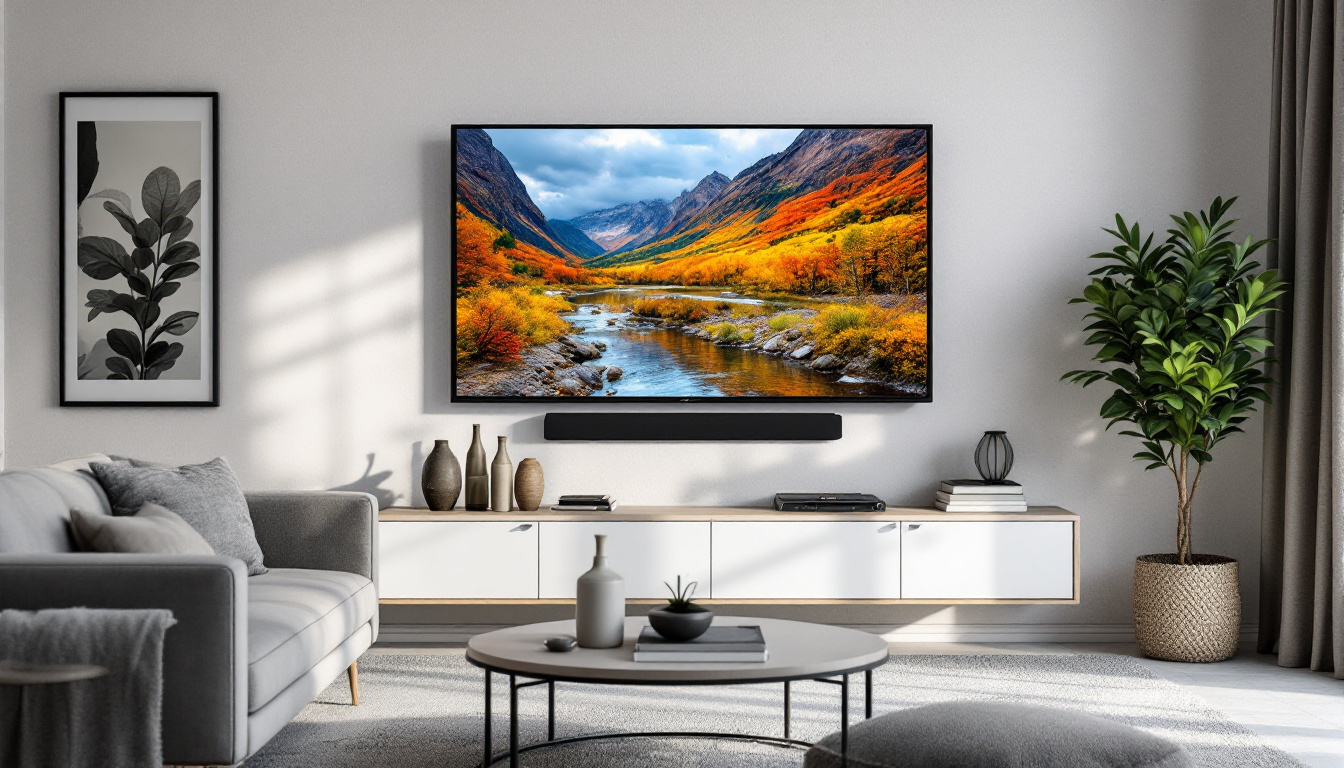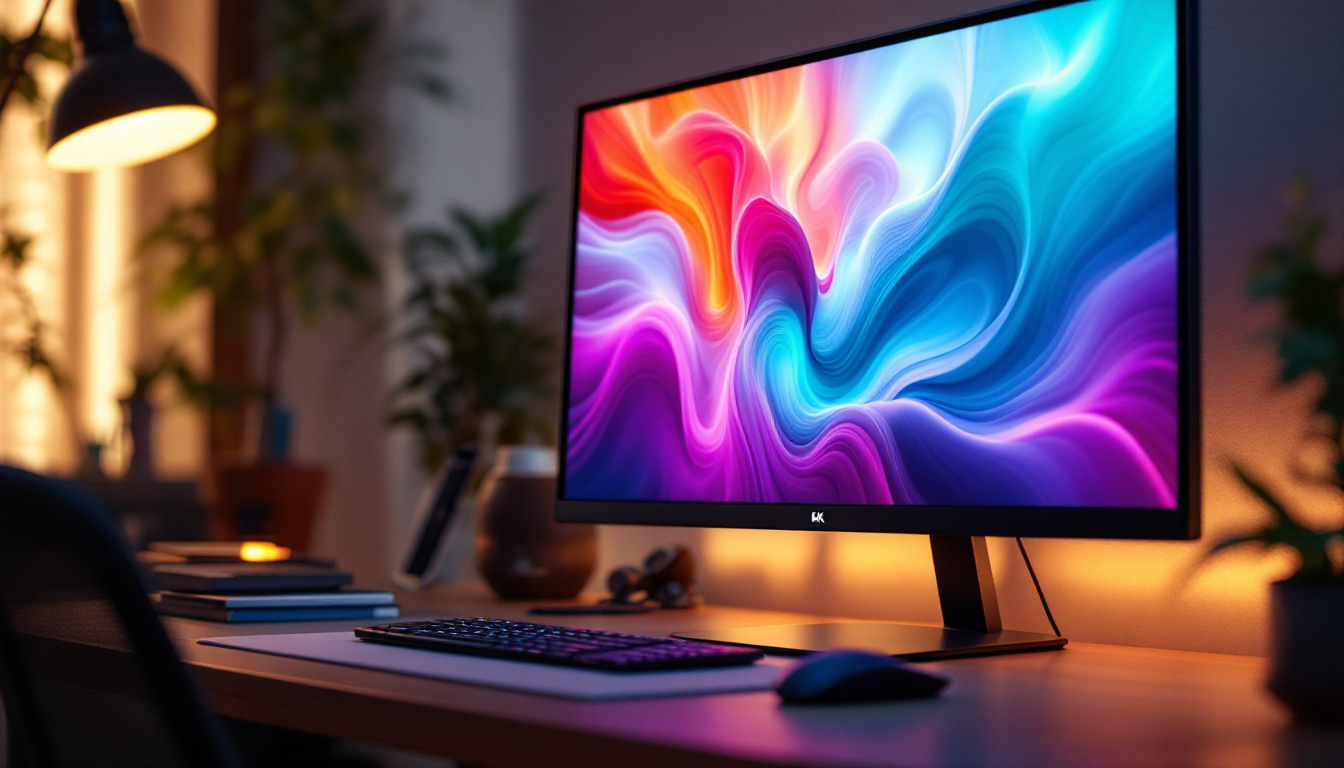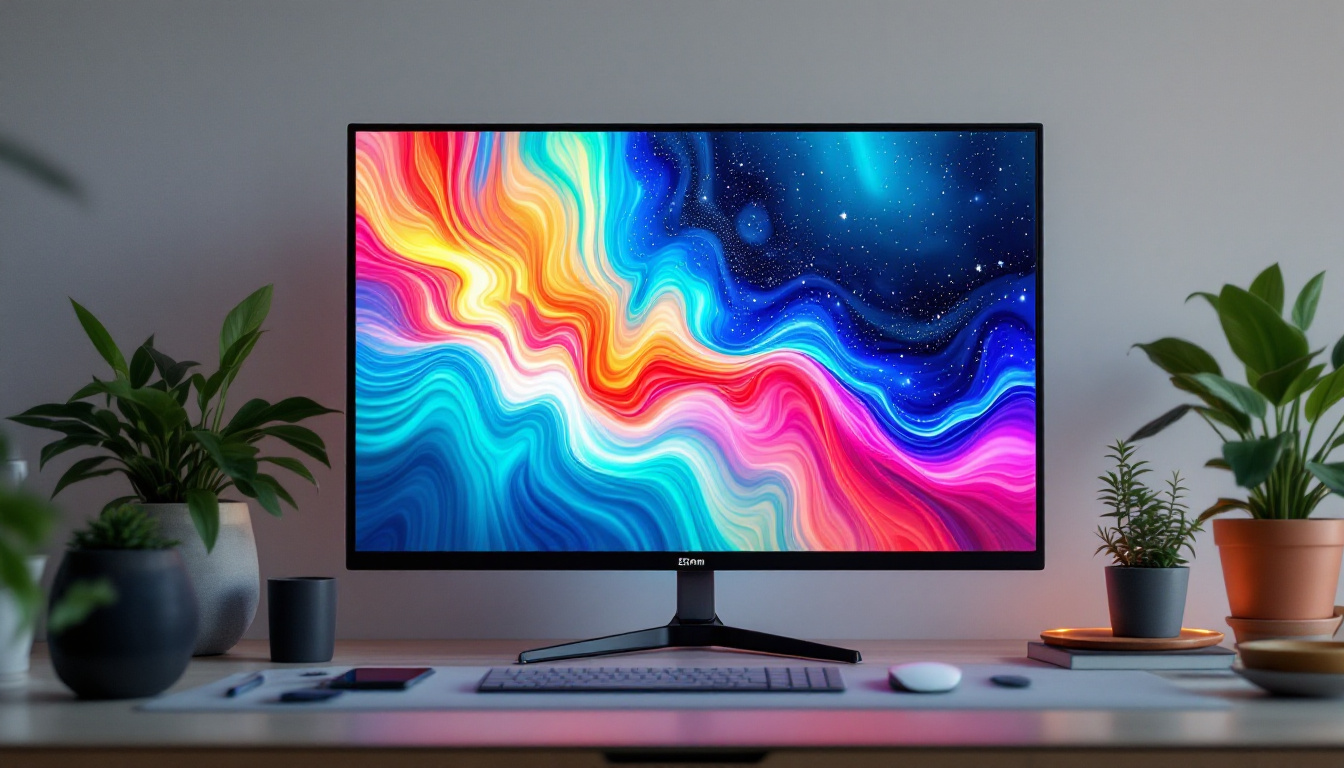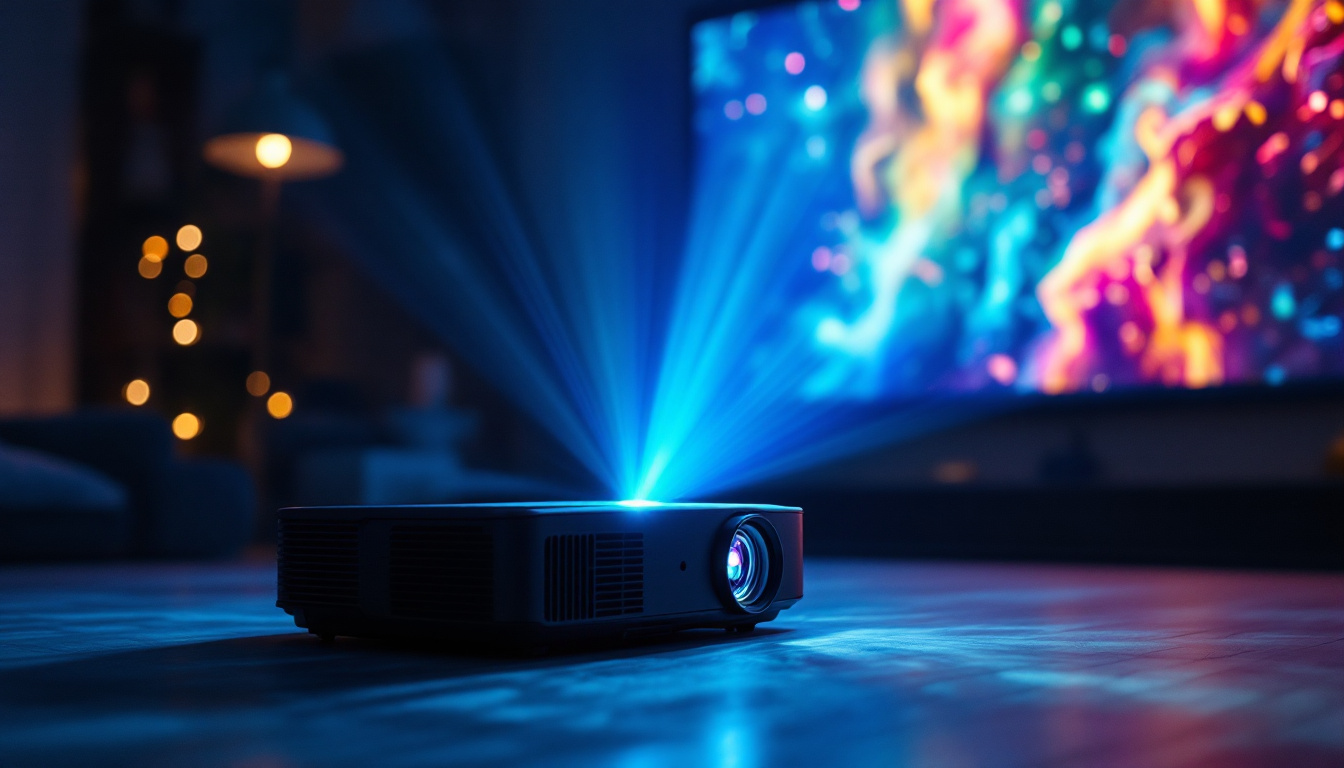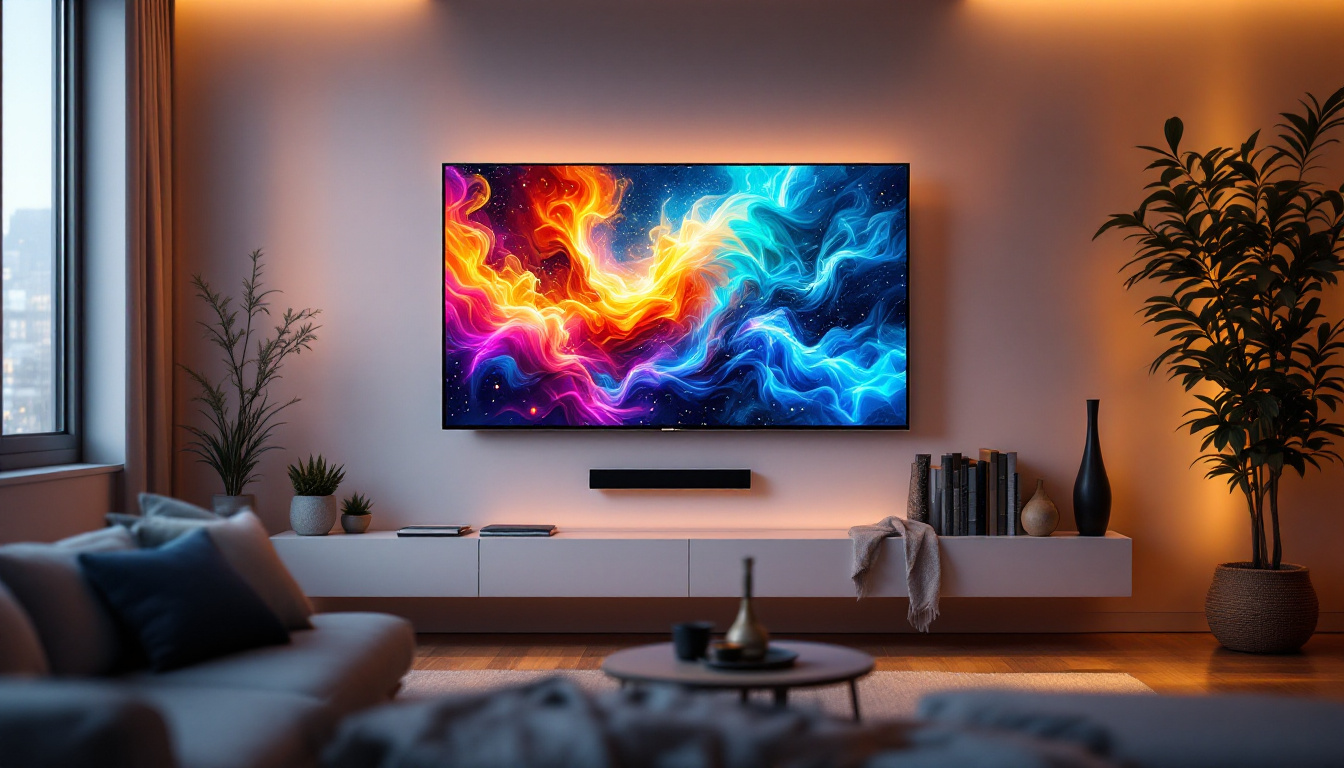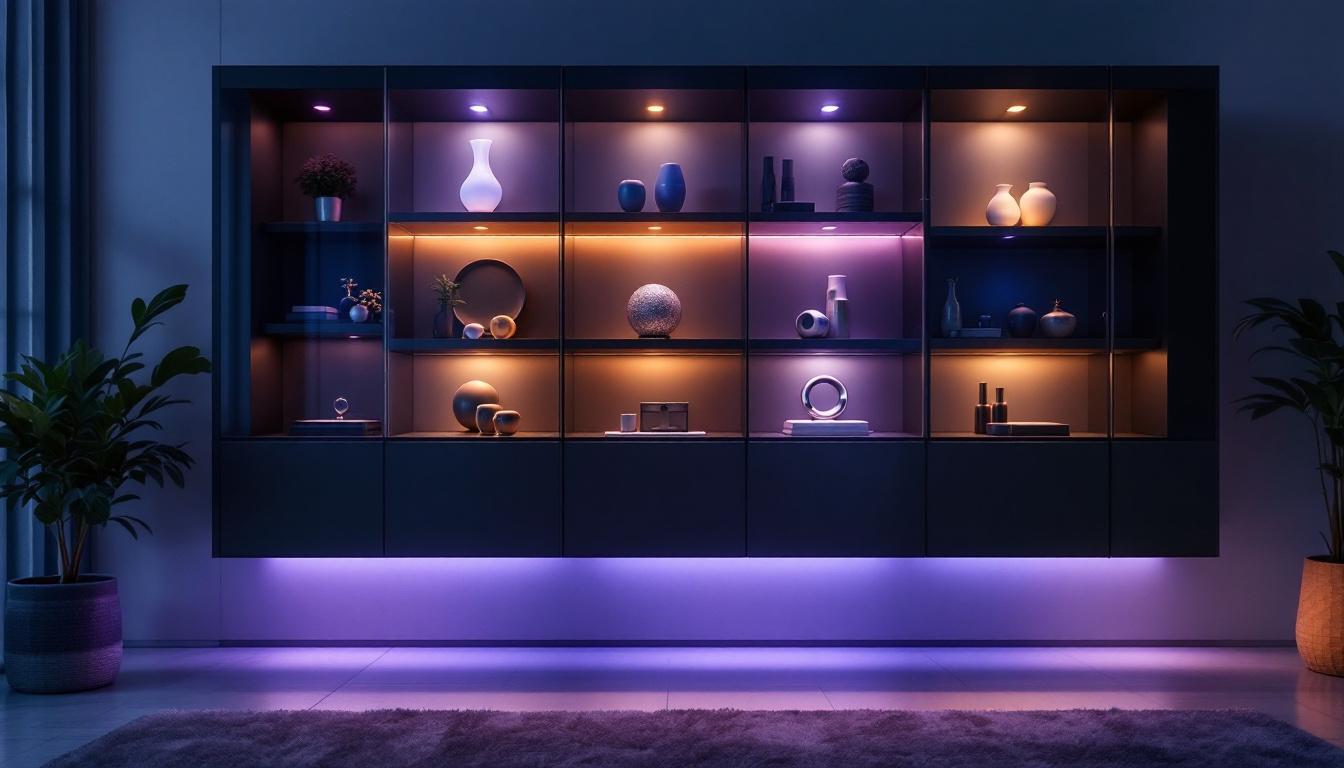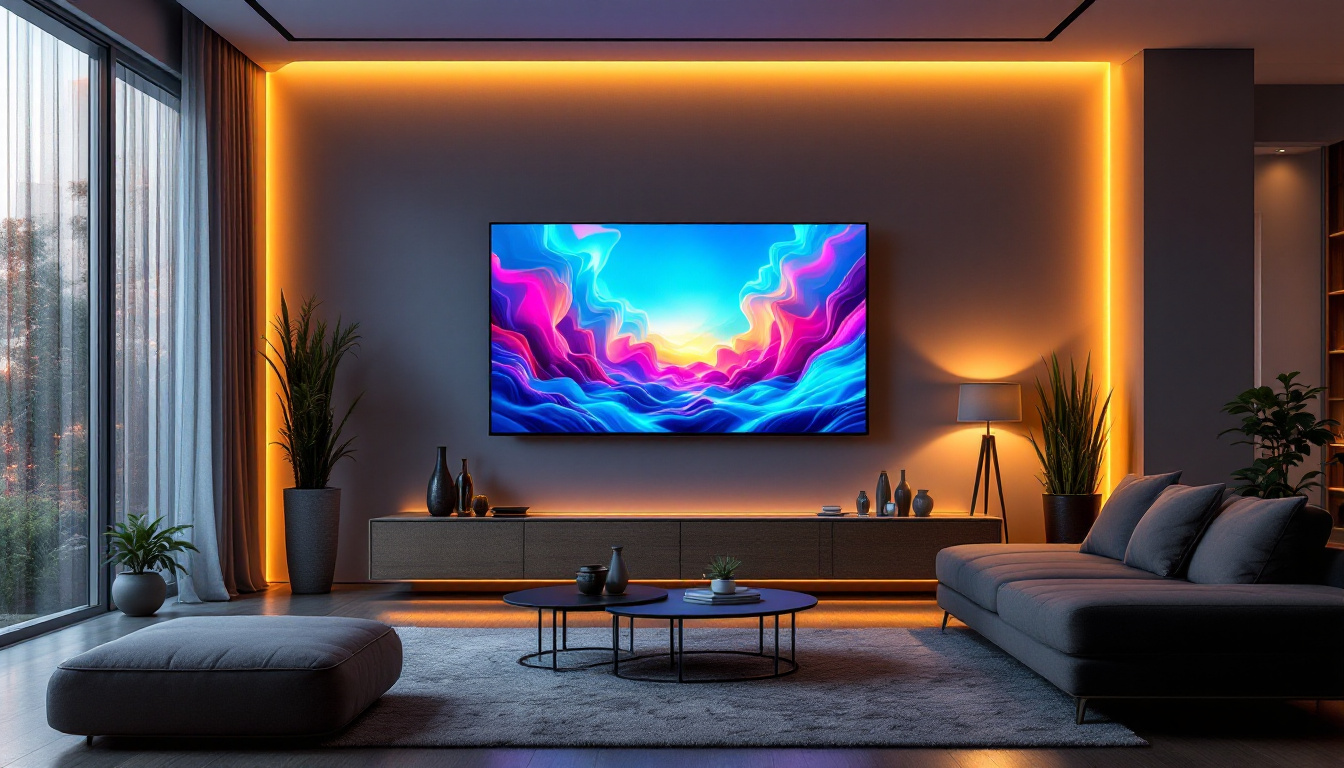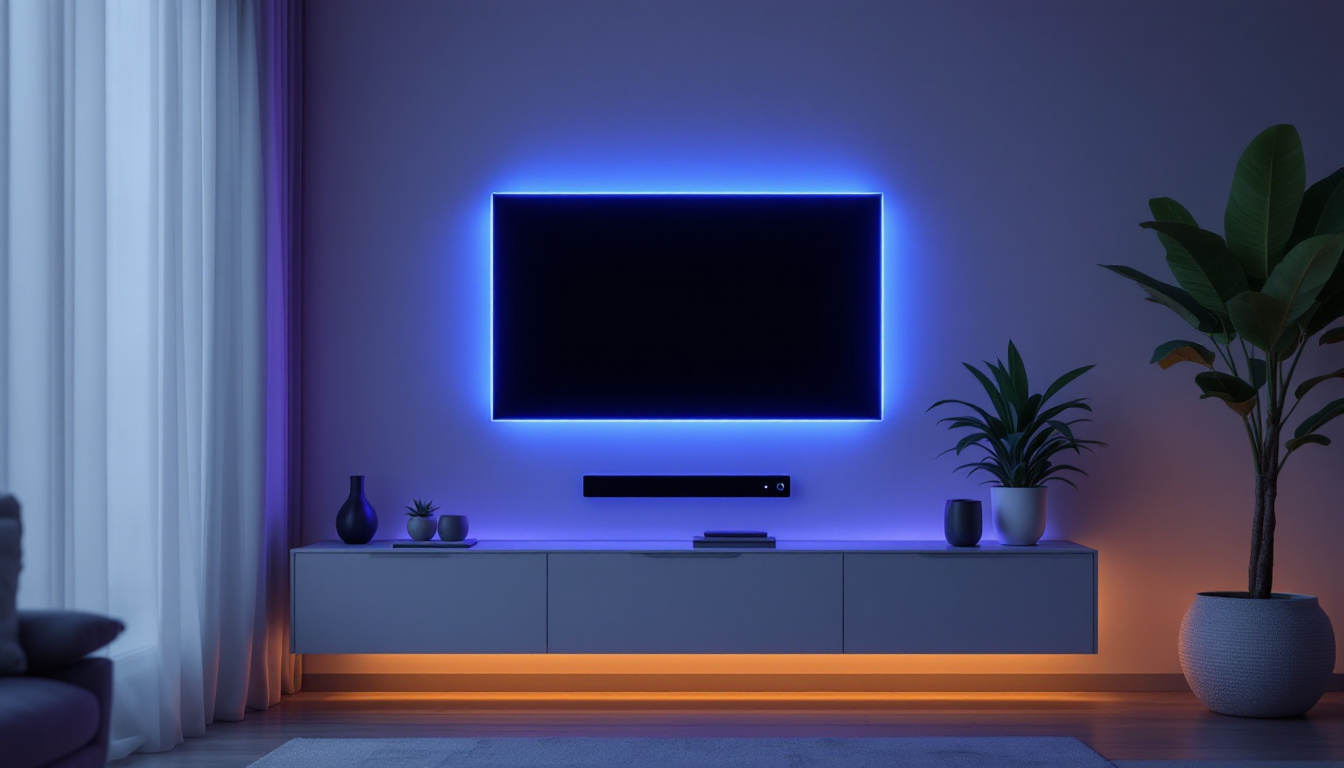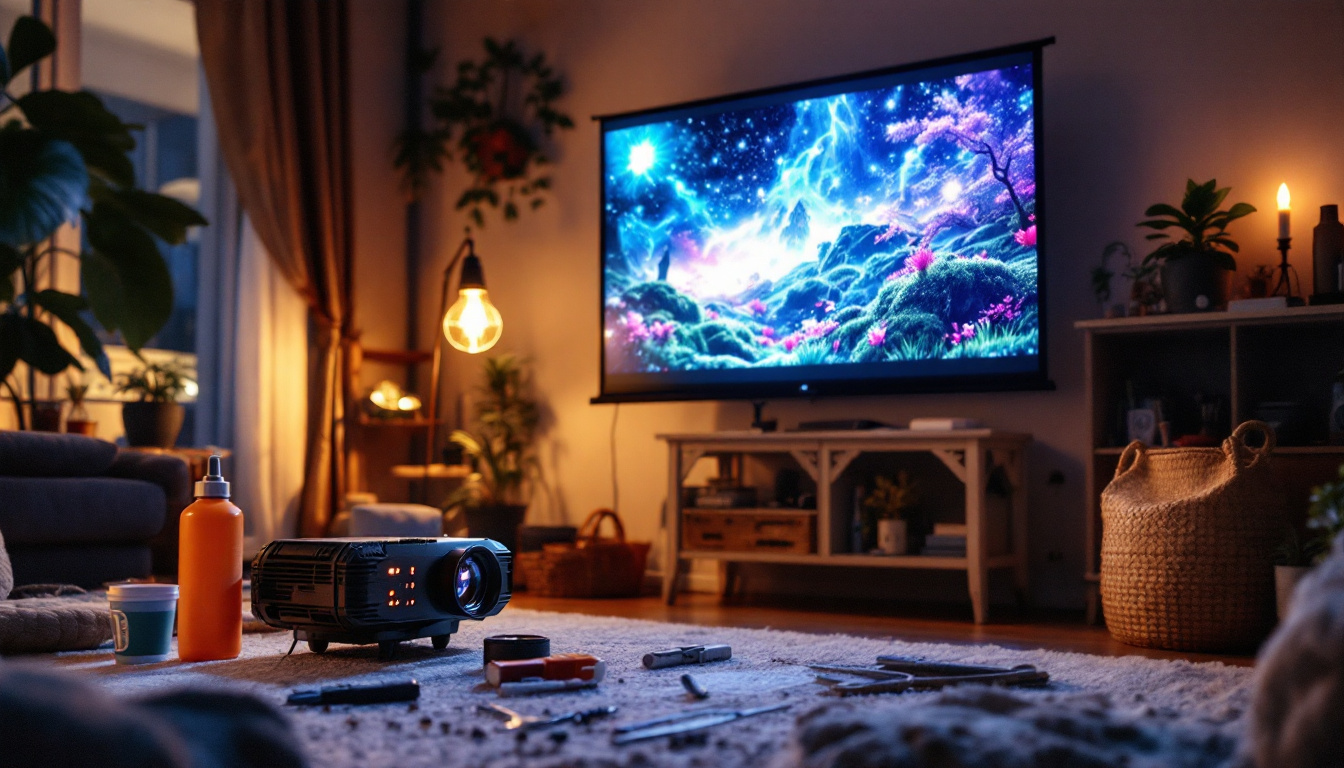Waterproof TVs: LED Display Explained
In an age where technology seamlessly integrates into our daily lives, the demand for versatile and durable devices has surged. Among these innovations, waterproof TVs have emerged as a popular choice for outdoor enthusiasts, bathroom aficionados, and anyone looking to enjoy their favorite shows in wet environments. This article delves into the intricacies of waterproof TVs, focusing on LED display technology and its benefits.
Understanding Waterproof TVs
Waterproof TVs are specifically designed to withstand exposure to moisture and humidity without compromising performance. These devices are engineered with robust materials and protective features that allow them to function in challenging environments, such as bathrooms, kitchens, and outdoor patios.
What Makes a TV Waterproof?
The term “waterproof” can be somewhat misleading, as most waterproof TVs are actually water-resistant to varying degrees. The level of protection is often classified using the Ingress Protection (IP) rating system. For instance, a TV with an IP65 rating is protected against dust and low-pressure water jets, making it suitable for outdoor use.
Manufacturers achieve waterproof capabilities through several methods, including sealed enclosures, specialized coatings, and moisture-resistant components. These features not only protect the internal electronics but also ensure that the display remains clear and vibrant, even in humid conditions. Additionally, many waterproof TVs come equipped with anti-glare screens, which enhance visibility in bright outdoor settings, making them ideal for sunny patios or poolside lounging.
Applications of Waterproof TVs
Waterproof TVs are versatile devices that cater to a range of environments. In residential settings, they can be installed in bathrooms, allowing users to enjoy entertainment while soaking in a tub. In outdoor spaces, such as patios and poolsides, waterproof TVs provide a perfect solution for watching movies or sports during gatherings. Their ability to withstand splashes and high humidity makes them a favorite for families who enjoy outdoor activities or those who want to create a luxurious spa-like atmosphere at home.
Commercially, these TVs find applications in spas, gyms, and restaurants, where they can enhance customer experiences. Whether for relaxation or entertainment, waterproof TVs serve a unique purpose in various settings. For example, in a gym, a waterproof TV can be mounted near a pool area, allowing swimmers to catch up on shows or sports while they exercise. In restaurants, these TVs can be strategically placed in outdoor dining areas, providing patrons with an engaging atmosphere while they enjoy their meals. The integration of waterproof TVs into these environments not only elevates the overall experience but also showcases a commitment to modern technology and customer satisfaction.
LED Display Technology
LED (Light Emitting Diode) technology has revolutionized the way we experience visual content. Known for their brightness, energy efficiency, and slim designs, LED displays are widely used in televisions, including waterproof models. Understanding how LED technology works can shed light on why it is the preferred choice for waterproof TVs.
How LED Displays Work
LED displays utilize a series of tiny light-emitting diodes to produce images. These diodes emit light when an electric current passes through them, which can be manipulated to create various colors and brightness levels. In most LED TVs, a backlight illuminates the screen, enhancing color accuracy and contrast.
One of the significant advantages of LED technology is its ability to produce high brightness levels, making it ideal for outdoor use where ambient light can be a challenge. Furthermore, LED displays are known for their longevity and energy efficiency, making them a sustainable choice for consumers. The technology has evolved over the years, with innovations such as OLED (Organic LED) and Mini LED, which further enhance color depth and contrast ratios, pushing the boundaries of what is visually possible.
Benefits of LED Displays in Waterproof TVs
When integrated into waterproof TVs, LED technology offers several benefits. Firstly, the brightness levels ensure that content remains visible even in bright sunlight, which is crucial for outdoor viewing. Additionally, LED displays provide excellent color reproduction, enhancing the viewing experience. This is particularly important for those who enjoy watching movies or sports in outdoor settings, where vibrant colors and sharp details can significantly elevate the enjoyment of the visual content.
Moreover, LED technology contributes to the overall durability of waterproof TVs. The absence of fragile components, such as traditional glass screens, reduces the risk of damage from impacts or moisture. This resilience makes LED displays particularly suitable for environments where water exposure is a concern. Additionally, many waterproof TVs are designed with reinforced casings and protective coatings that further enhance their resistance to the elements, ensuring that they can withstand rain, splashes, and even dust. This combination of LED technology and robust design makes these TVs a popular choice for outdoor patios, poolside areas, and even marine applications, where entertainment can be enjoyed without the fear of damage from the surrounding environment.
Choosing the Right Waterproof TV
With a variety of waterproof TVs available on the market, selecting the right one can be a daunting task. Several factors should be considered to ensure the chosen model meets specific needs and preferences.
Screen Size and Resolution
Screen size is a crucial factor in determining the viewing experience. Larger screens provide a more immersive experience, especially for outdoor settings where viewers may be farther away. Additionally, resolution plays a significant role in image quality. Options typically range from Full HD (1080p) to 4K Ultra HD, with the latter offering superior clarity and detail.
When choosing screen size and resolution, consider the viewing distance and the type of content that will be watched. For instance, a larger screen with 4K resolution is ideal for cinematic experiences, while a smaller screen may suffice for casual viewing in a bathroom. Moreover, it’s worth noting that many modern waterproof TVs also come equipped with smart features, allowing users to stream content directly from popular platforms. This can enhance the viewing experience, making it easy to enjoy movies, shows, or even live sports without the need for additional devices.
IP Rating and Durability
The IP rating is a critical consideration when selecting a waterproof TV. A higher IP rating indicates better protection against water and dust. For outdoor use, an IP65 or higher rating is recommended, as it ensures the TV can withstand rain and splashes without damage.
Additionally, consider the materials used in the construction of the TV. Look for models built with corrosion-resistant materials, as they will endure the elements better over time. This durability is particularly important for outdoor installations, where exposure to varying weather conditions is inevitable. Furthermore, some waterproof TVs are designed with anti-glare screens, which can significantly enhance visibility in bright sunlight, making them perfect for poolside or patio use. Investing in a model with these features not only prolongs the life of the TV but also ensures a consistently enjoyable viewing experience, regardless of the environment.
Installation and Maintenance
Proper installation and maintenance are essential for maximizing the lifespan and performance of waterproof TVs. Understanding the installation process and routine care can help ensure that these devices continue to function optimally.
Installation Guidelines
Installing a waterproof TV requires careful planning to ensure it is securely mounted and positioned for optimal viewing. It is advisable to consult the manufacturer’s guidelines for specific installation instructions, as these can vary between models.
When mounting the TV outdoors, consider factors such as sunlight exposure, wind direction, and potential obstructions. Utilizing a sturdy mount that can withstand outdoor conditions is crucial. Additionally, ensure that all electrical connections are waterproofed to prevent any risk of short-circuiting.
Routine Maintenance Tips
Maintaining a waterproof TV involves regular cleaning and inspection. Use a soft, damp cloth to wipe the screen and casing, avoiding harsh chemicals that could damage the protective coatings. Regularly check for any signs of wear or damage, especially around the seals and connections.
For outdoor models, it is wise to cover the TV when not in use, providing an extra layer of protection against the elements. Additionally, consider bringing the TV indoors during extreme weather conditions to prolong its lifespan.
Future Trends in Waterproof TV Technology
The market for waterproof TVs is evolving rapidly, with advancements in technology paving the way for enhanced features and capabilities. As consumer demands shift, manufacturers are exploring innovative solutions to improve the functionality of these devices.
Smart Technology Integration
One of the most significant trends in the TV industry is the integration of smart technology. Waterproof TVs are increasingly being equipped with smart features, allowing users to stream content directly from their favorite platforms. This connectivity enhances the viewing experience, making it easier to access a wide range of entertainment options.
Smart technology also enables voice control and compatibility with home automation systems, providing a seamless user experience. As more consumers seek convenience, the demand for smart waterproof TVs is likely to grow.
Improved Display Technologies
In addition to LED technology, manufacturers are exploring other display technologies, such as OLED and MicroLED. These alternatives offer superior contrast ratios and color accuracy, enhancing the overall viewing experience.
As these technologies become more affordable and accessible, it is expected that waterproof TVs will incorporate these advancements, providing consumers with even better image quality and performance.
Conclusion
Waterproof TVs represent a remarkable fusion of technology and practicality, allowing users to enjoy their favorite content in diverse environments. With LED display technology at the forefront, these devices offer vibrant visuals and durability that cater to the needs of modern consumers.
When selecting a waterproof TV, factors such as screen size, resolution, IP rating, and installation considerations play a vital role in ensuring satisfaction. As technology continues to evolve, the future of waterproof TVs looks promising, with smart features and advanced display technologies on the horizon.
Ultimately, waterproof TVs are more than just a trendy gadget; they are a testament to the innovation that enhances our daily lives, allowing for entertainment in places once thought impossible.
Explore Cutting-Edge Waterproof LED Displays with LumenMatrix
As you consider the endless possibilities of waterproof TVs, imagine the impact of integrating the latest in LED display technology into your environment. LumenMatrix, a pioneer in crafting immersive visual experiences, offers an array of LED display solutions tailored to meet your specific needs. From breathtaking Indoor LED Wall Displays to robust Outdoor LED Wall Displays, and even specialized options like Vehicle LED Displays and LED Sports Displays, LumenMatrix is committed to enhancing your brand’s presence and audience engagement. Embrace the future of entertainment and visual communication with LumenMatrix’s innovative LED display modules. Check out LumenMatrix LED Display Solutions and transform your space into a captivating visual spectacle.

